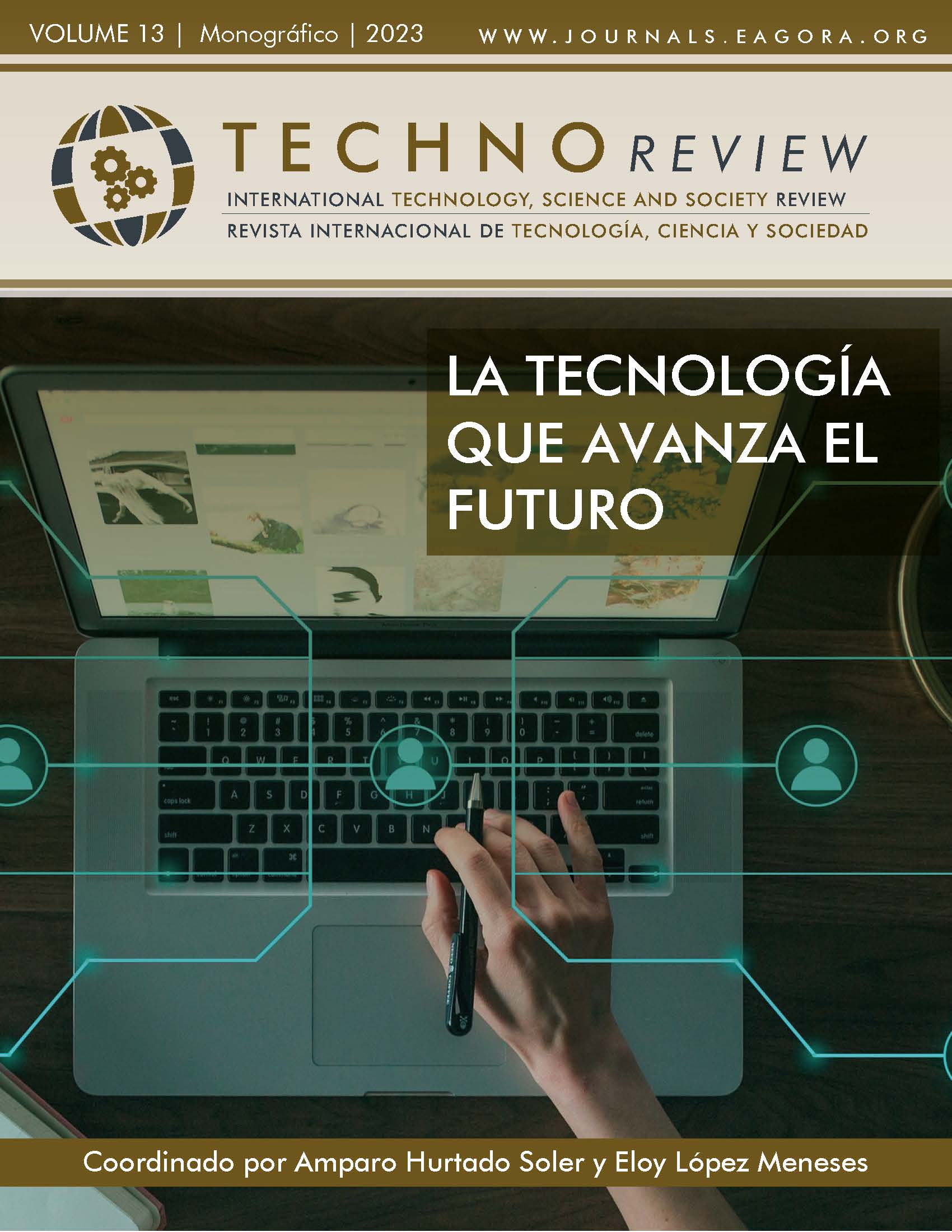Digital Literature Literacy (DLL) and Literature Digital Reading (LDR) in European Schools
Keywords:
DLL, DLR, Digital Competences, Primary School, Secondary School, Teachers’ Beliefs, Necessities AnalysisAbstract
DILECTINGS (Digital Literature Educational Competences for Teachers: Intercultural Inclusive Good Practices) is a European Key Action 2 Project that explores digital literature teaching. Digital literature—literature intended as authentic materials with cultural value—is an engaging and interactive narrative form delivered via digital media, that encompasses the language of books, films, web pages, radio, among others. This paper aims to present a preliminary questionnaire to explore the needs of primary and secondary teachers in terms of digital literature literacy and literature digital reading. This article will show the questionnaire design process to carry out a proper needs analysis.
References
Bouchardon, S. (2017). Towards a tension-based definition of Digital Literature. Journal of Creative Writing Studies, 2(1) https://scholarworks.rit.edu/cgi/viewcontent.cgi?article=1045&context
Carioli, S., & Peru, A. (2016). The Think Aloud Approach. A Promising Tool for Online Reading Comprehension. Journal of Media Literacy Education, 8(1), 49-61. https://digitalcommons.uri.edu/cgi/viewcontent.cgi?article=1250&context=jmle
Dahl, R. A. (1956), A preface to Democratic Tehory. The University of Chicago Press.
De Vaus, D., & de Vaus, D. (2013). Surveys in social research. Routledge.
Dillman, D. A. (2011). Mail and Internet surveys: The tailored design method--2007 Update with new Internet, visual, and mixed-mode guide. John Wiley & Sons.
Ebrahimi, S. S. (2016). Effect of digital reading on comprehension of English prose texts in EFL/ESL contexts. International Journal of English Language and Literature Studies, 5(2), 111-117.
https://archive.aessweb.com/index.php/5019/article/view/583
Eurydice, & Audiovisual & Culture Executive Agency. (2012). The european higher education area in 2012: Bologna process implantation report. Ministerio de Educación.
Hayles, N. K. (2008). Electronic Literature: New Horizons for the Literary. University of Notre Dame Press.
Huber, E., & Shalavin, C. A. (2018). Surveying the digital literacy landscape for academic and professional staff in higher education.
https://ro.uow.edu.au/cgi/viewcontent.cgi?article=1732&context=asdpapers
Fowler Jr, F. J. (2013). Survey research methods. Sage publications.
Fullan, M., & Donnelly, K. (2013). Alive in the swamp: Assessing digital innovations in education. Nesta.
Groves, R. M., Fowler Jr, F. J., Couper, M. P., Lepkowski, J. M., Singer, E., & Tourangeau, R. (2011). Survey methodology. John Wiley & Sons.
INTEF (2017). Marco Común de Competencia Digital Docente 2017. MECD. http://educalab.es/documents/10180/12809/
Kim, C., Kim, M. K., Lee, C., Spector, J. M., & DeMeester, K. (2013). Teacher beliefs and technology integration. Teaching and teacher education, 29, 76-85. http://citeseerx.ist.psu.edu/viewdoc/download?doi=10.1.1.1072.4217&rep=rep1&type=pdf
Koskimma. R (2007). The challenge of cybertext teaching literature in the digital world. University of Jyväskylä. http://uocpapers.uoc.edu
Lim, F. V., & Toh, W. (2020). How to teach digital reading?. Journal of Information Literacy, 14(2).
https://web.p.ebscohost.com/abstract?direct=true&profile=ehost&scope=site&authtype
Montoro, R. (2015). Hoover, D. L., Culpeper, J., & O’Halloran, K. 2014. Digital Literary Studies. Corpus Approaches to Poetry, Prose, and Drama. International Journal of Corpus Linguistics, 20(1), 129–137. https://doi.org/10.1075/ijcl.20.1.07mon
Nanda, D. S., & Susanto, S. (2020). The emergence of cyber literature: a challenge to teach literature from text to hypertext. https://edarxiv.org/q8psj/
Nugroho, A., & Mutiaraningrum, I. (2020). EFL teachers’ beliefs and practices about digital learning of English. EduLite: Journal of English Education, Literature and Culture, 5(2), 304-321.
http://lppm-unissula.com/jurnal.unissula.ac.id/index.php/edulite/article/view/8517
Pardede, P. (2019). Print vs Digital Reading Comprehension in EFL. Journal of English Teaching, 5(2), 77-90. https://eric.ed.gov/?id=EJ1266161
Shuman, H., & Presser, S. (1981). Questions and Answers in Attitude surveys experiments on questions forms and context. Harper.
Son, J.-B., Robb, T., & Charismiadji, I. (2011). Computer literacy and competency: A survey of Indonesian teachers of English as a foreign language. CALL-EJ, 12(1), 26-42.
https://eprints.usq.edu.au/18371/
Stockwell, G. (2009). Teacher education in CALL: Teaching teachers to educate themselves. Innovation in Language Learning and Teaching, 3(1), 99-112.
https://www.tandfonline.com/doi/abs/10.1080/17501220802655524
Tamam, M. B., & Asbari, M. (2022). Digital Literature. Journal of Information Systems and Management (JISMA), 1(1), 19-23. https://jisma.org/index.php/jisma/article/view/4
Tondeur, J., Van Keer, H., Van Braak, J., & Valcke, M. (2008). ICT integration in the classroom: Challenging the potential of a school policy. Computers & education, 51(1), 212-223.
https://www.sciencedirect.com/science/article/abs/pii/S0360131507000498
Simanowski, S., Schäfer, J. & Gendollla, P. (2015). Reading Moving Letters: Digital Literature in Research and Teaching. A Handbook. Verlag.
Unesco (2019). Human Learning in the digital era https://unesdoc.unesco.org/ark:/48223/pf0000367761.locale=en
Windschitl, M., & Sahl, K. (2002). Tracing teachers’ use of technology in a laptop computer school: The interplay of teacher beliefs, social dynamics, and institutional culture. American educational research journal, 39(1), 165-205. https://d1wqtxts1xzle7.cloudfront.net/5597533/windschitl_and_sahl_tracing_teachers_use_of_technology_in_a_-libre.pdf
Downloads
Published
Issue
Section
License
All articles are published under an Attribution-NoDerivatives 4.0 International (CC BY-ND 4.0) license. Authors retain copyright over their work.

